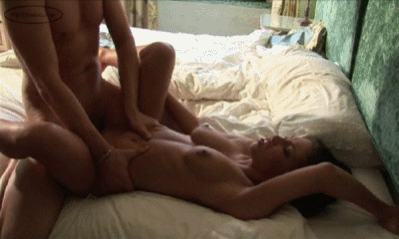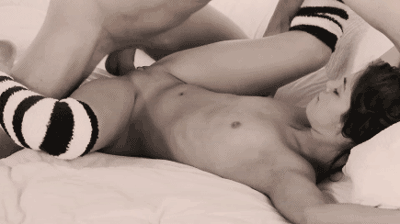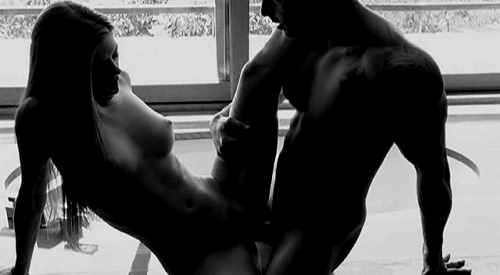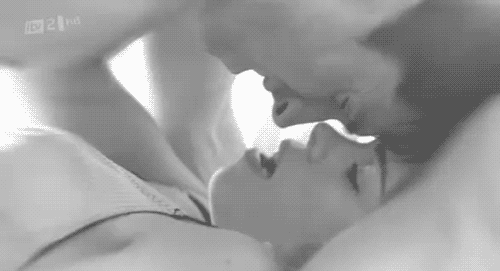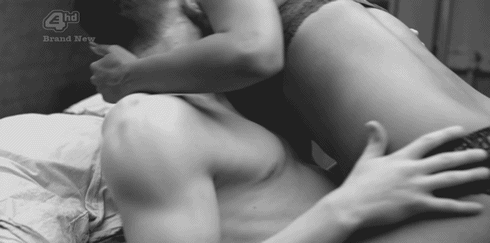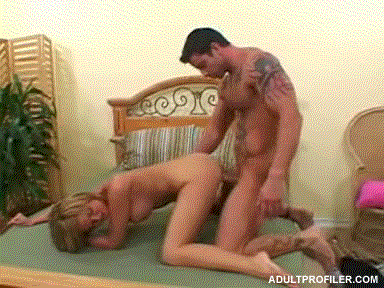Tthe U.S. Mint will release the Chester Arthur dollar — the latest in its series of presidential $1 coins. This one will be available only to collectors willing to pay at least $1.70
EnlargeAP file photo
Presidential $1 coins are displayed in Chicago. The U.S. Mint will release the Chester Arthur dollar Thursday.
The Obama administration has suspended production of the coins for mass circulation after the government racked up a $1.4 billion surplus of dollar coins.
"Nobody wants these things, and if they don't want them, we shouldn't keep making them," Vice President Bidensaid last December.
A review of internal government documents and interviews with former Mint officials suggest that an oversupply of dollars was as much to blame as a lack of demand.
•Over-ordering: During special "introductory periods" of new presidential coins, the Mint swallowed the shipping and handling costs for coins sent to banks, making it cheaper for banks to order them. A memo by U.S. Treasurer Rosie Rios last year estimated that 75% of all orders for coins came during those introductory periods, artificially inflating orders for new coins, even as banks were sending unwanted old coins back to the Federal Reserve.
"The Mint doesn't just produce as many coins as it wants," said former Mint director Philip Diehl; it makes coins to fulfill orders from banks.
Reports from the Federal Reserve to Congress show the central bank knew of the impending backlog as early as 2010. They estimated that 40% of dollar coins were returned by banks, prompting the Fed to propose building a $650,000 storage vault in Dallas and spend $3 million on armored cars to take the coins there.
•The ghost of Susan B. Anthony: The unpopular coin, first minted from 1979 to 1981, never really caught on. Consumers thought they looked and felt too much like quarters, causing confusion.
The banking system has never officially taken them out of circulation, so banks ordering previously circulated coins ended up with a mix of Susan B. Anthony, Sacagawea and presidential dollar coins.
•Credit card miles: The Mint, in an effort to get the coins directly to people who would spend them, offered a "direct ship" program that offered the coins for face value and free shipping. The Mint abandoned the program after discovering that some customers were ordering the coins on their credit cards to earn free airline miles, only to turn around and deposit them in bulk at a bank.
The question of what went wrong with the dollar coin could play a key role in the congressional debate over a proposal to eliminate the dollar bill entirely and replace it with the dollar coin. The Government Accountability Office says the move could save the government more than $5 billion over 30 years because coins last longer.
Interests backing the dollar bill — including paper and ink manufacturers, armored car companies and George Washington aficionados — have recently escalated their lobbying campaigns to fend off the coin.
Even coin advocates such as Diehl worry that the experience with the presidential dollar coins has strengthened opponents' position.
"These institutions have known for 30 years what had to be done, and they failed to act," said Diehl, who helped design the Sacagawea coin. "Instead, they just stepped back and said, 'The dollar coin's a failure.' "
The Mint will continue producing presidential dollars for collectors. Three more coins are due out this year: The Benjamin Harrison and two different coins for Grover Cleveland, who is often counted as two presidents because his terms were non-consecutive.
Tthe U.S. Mint will release the Chester Arthur dollar — the latest in its series of presidential $1 coins. This one will be available only to collectors willing to pay at least $1.70
AP file photo
Presidential $1 coins are displayed in Chicago. The U.S. Mint will release the Chester Arthur dollar Thursday.
The Obama administration has suspended production of the coins for mass circulation after the government racked up a $1.4 billion surplus of dollar coins.
"Nobody wants these things, and if they don't want them, we shouldn't keep making them," Vice President Bidensaid last December.
A review of internal government documents and interviews with former Mint officials suggest that an oversupply of dollars was as much to blame as a lack of demand.
•Over-ordering: During special "introductory periods" of new presidential coins, the Mint swallowed the shipping and handling costs for coins sent to banks, making it cheaper for banks to order them. A memo by U.S. Treasurer Rosie Rios last year estimated that 75% of all orders for coins came during those introductory periods, artificially inflating orders for new coins, even as banks were sending unwanted old coins back to the Federal Reserve.
"The Mint doesn't just produce as many coins as it wants," said former Mint director Philip Diehl; it makes coins to fulfill orders from banks.
Reports from the Federal Reserve to Congress show the central bank knew of the impending backlog as early as 2010. They estimated that 40% of dollar coins were returned by banks, prompting the Fed to propose building a $650,000 storage vault in Dallas and spend $3 million on armored cars to take the coins there.
•The ghost of Susan B. Anthony: The unpopular coin, first minted from 1979 to 1981, never really caught on. Consumers thought they looked and felt too much like quarters, causing confusion.
The banking system has never officially taken them out of circulation, so banks ordering previously circulated coins ended up with a mix of Susan B. Anthony, Sacagawea and presidential dollar coins.
•Credit card miles: The Mint, in an effort to get the coins directly to people who would spend them, offered a "direct ship" program that offered the coins for face value and free shipping. The Mint abandoned the program after discovering that some customers were ordering the coins on their credit cards to earn free airline miles, only to turn around and deposit them in bulk at a bank.
The question of what went wrong with the dollar coin could play a key role in the congressional debate over a proposal to eliminate the dollar bill entirely and replace it with the dollar coin. The Government Accountability Office says the move could save the government more than $5 billion over 30 years because coins last longer.
Interests backing the dollar bill — including paper and ink manufacturers, armored car companies and George Washington aficionados — have recently escalated their lobbying campaigns to fend off the coin.
Even coin advocates such as Diehl worry that the experience with the presidential dollar coins has strengthened opponents' position.
"These institutions have known for 30 years what had to be done, and they failed to act," said Diehl, who helped design the Sacagawea coin. "Instead, they just stepped back and said, 'The dollar coin's a failure.' "
The Mint will continue producing presidential dollars for collectors. Three more coins are due out this year: The Benjamin Harrison and two different coins for Grover Cleveland, who is often counted as two presidents because his terms were non-consecutive.



